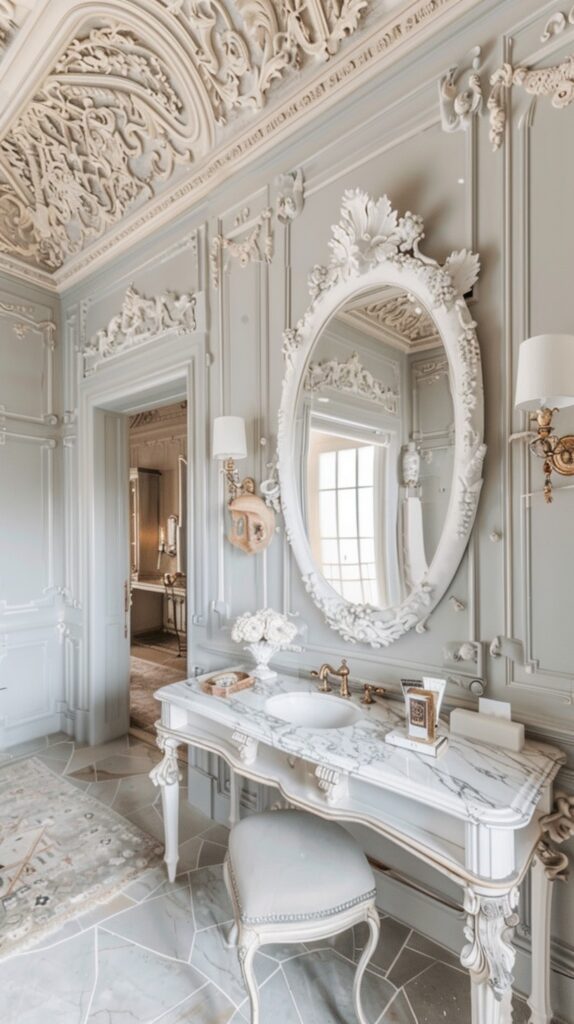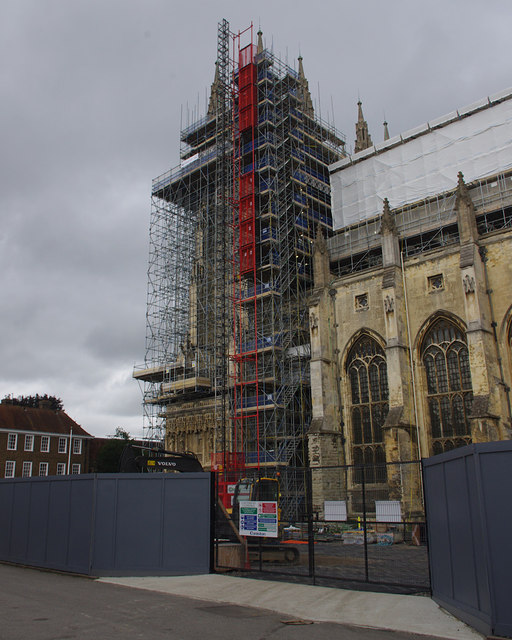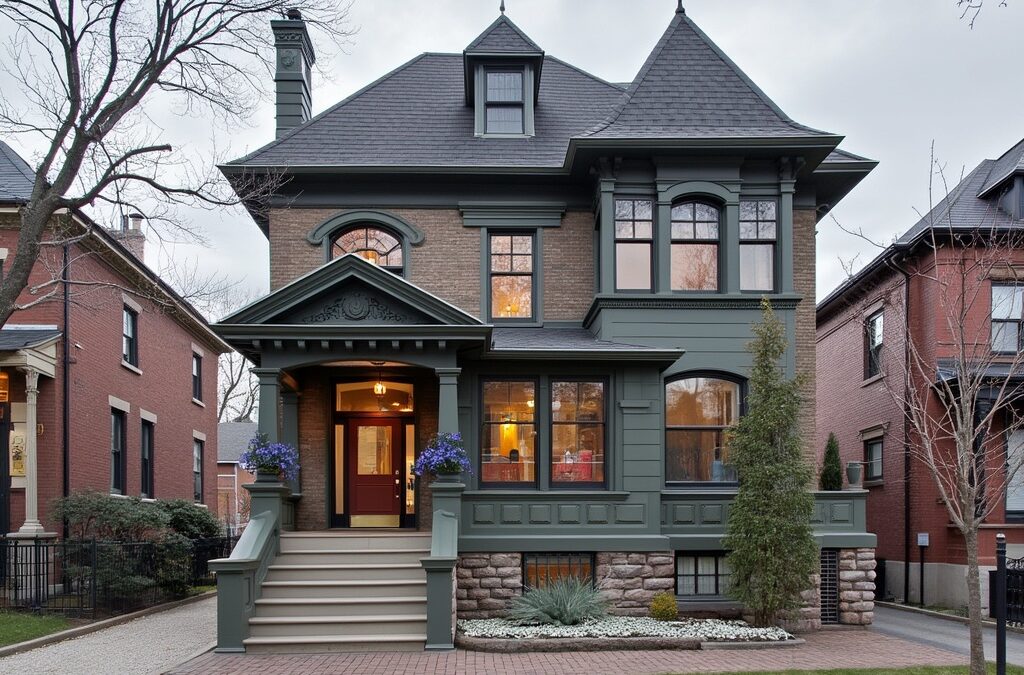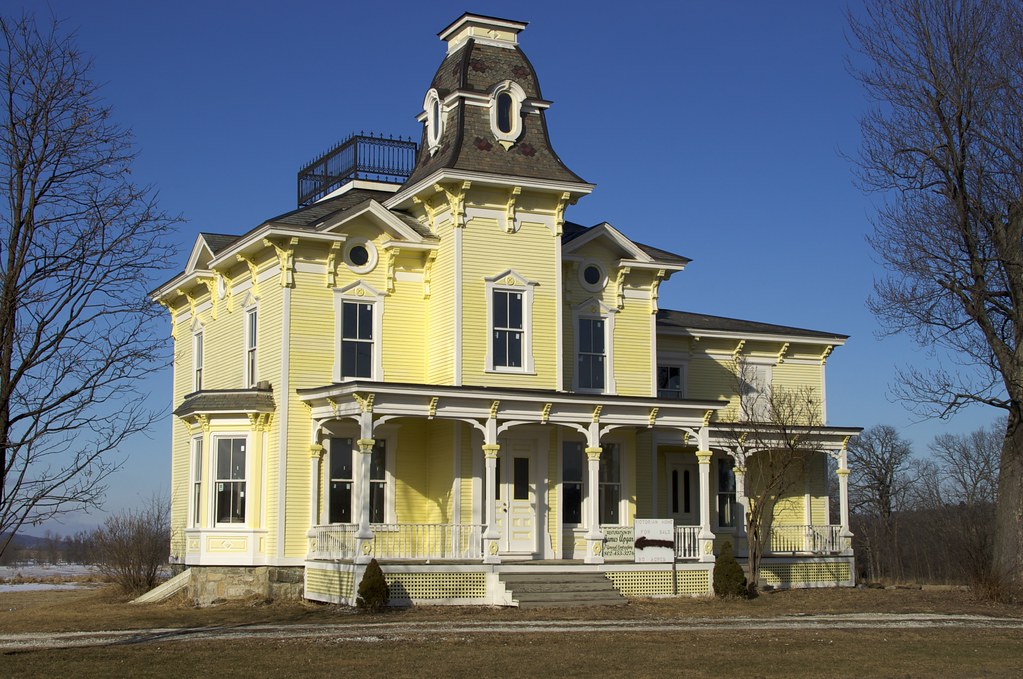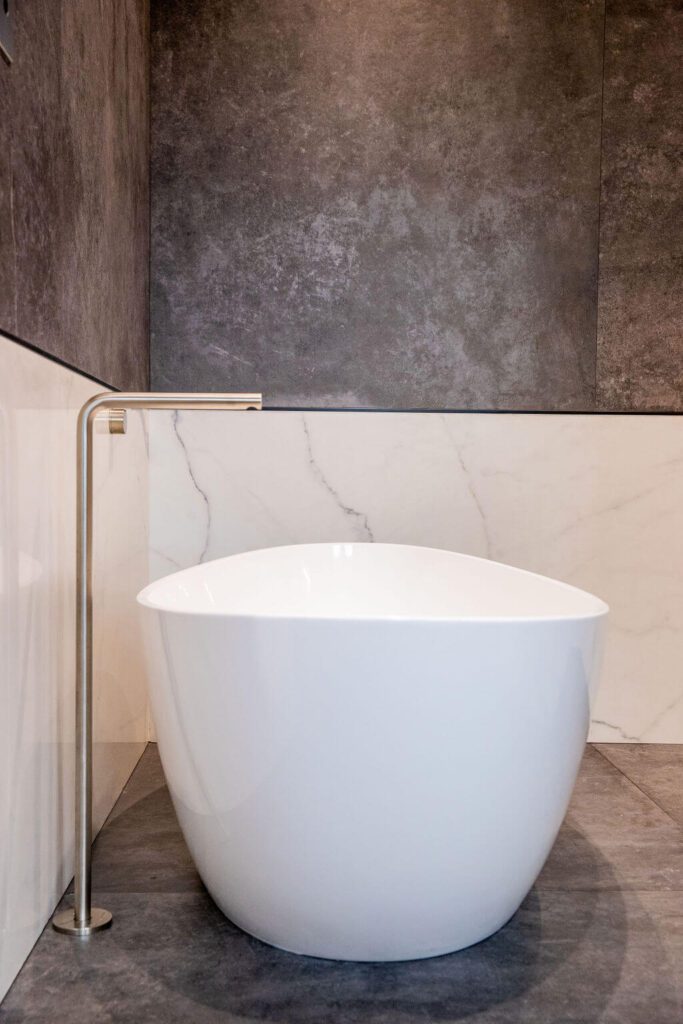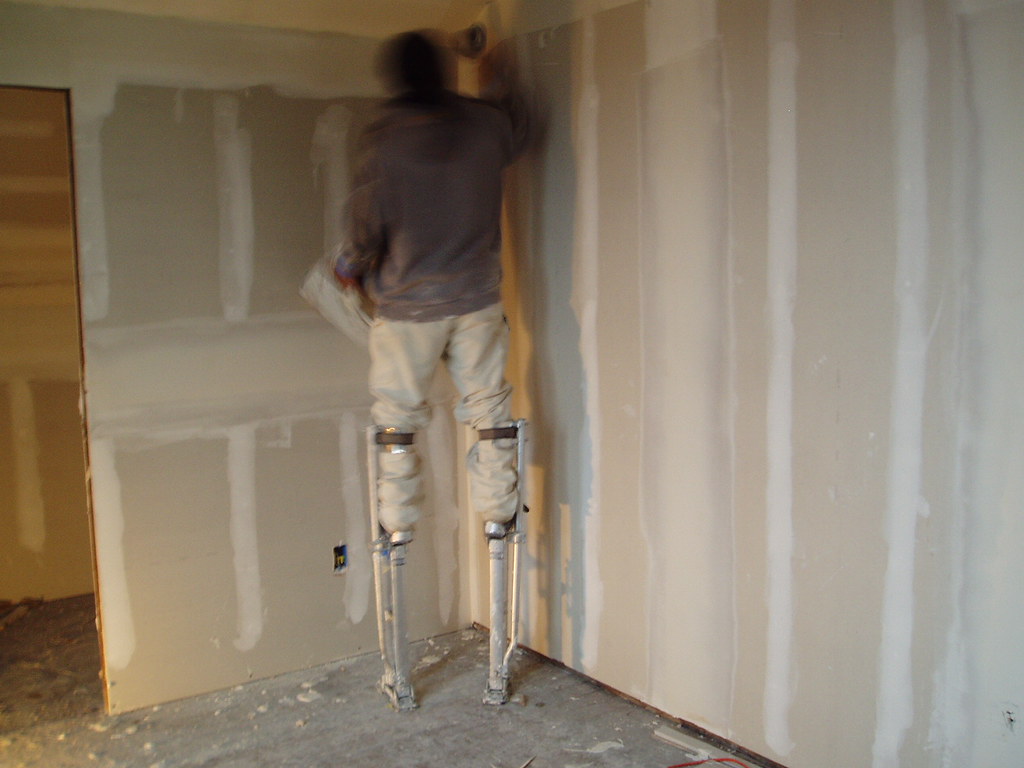How to Choose the Right Mobility Equipment Supplier: A Complete Homeowner’s Guide
Selecting the perfect mobility equipment supplier can transform your home into an accessible haven – here’s what the experts want you to know. Understanding Your Mobility Equipment Needs Creating an accessible home environment requires careful consideration of mobility solutions, and finding the right supplier is paramount for ensuring long-term independence and comfort. According to recent UK healthcare statistics, over 14 million people in Britain live with disabilities, making the selection of appropriate mobility equipment and a reliable supplier crucial. The process begins with a thorough assessment of individual needs, considering factors such as the type of mobility challenges, home layout, and daily activities that require support. Whether you’re looking for temporary solutions or permanent modifications, understanding your specific requirements will guide you towards the most suitable supplier. Key Factors in Selecting a Mobility Equipment Supplier 1. Product Range and Quality When evaluating mobility equipment suppliers, the breadth and quality of their product range should be a primary consideration. Leading suppliers in the UK market typically offer: Power wheelchairs and mobility scooters from renowned manufacturers Stairlifts and home lift solutions Bathroom mobility aids and modifications Walking aids and rollators Specialised seating and positioning equipment It’s essential to choose a supplier that partners with reputable manufacturers and offers products certified to British Safety Standards. 2. Expertise and Certification Look for suppliers with Certified Assistive Technology Professionals (ATPs) Verify membership in recognised industry bodies like the British Healthcare Trades Association (BHTA) Check for specialist training certificates and ongoing education programmes Ensure staff have extensive product knowledge and assessment capabilities 3. Service Network and Support A robust service network is crucial for ongoing maintenance and emergency repairs. Quality suppliers should offer: 24/7 emergency support services Regular maintenance programmes Rapid response repair services Comprehensive warranty coverage Local service centres across your region Comparing Top Mobility Equipment Providers National Providers vs Local Suppliers The choice between national and local suppliers can significantly impact your experience. National providers often offer broader product ranges and extensive service networks, while local suppliers may provide more personalised attention and faster response times. Consider these aspects: National Providers: Larger inventory, standardised service quality, potentially better prices Local Suppliers: Personal relationships, community reputation, quicker response times Insurance and Financial Considerations Understanding the financial aspects is crucial when selecting a supplier. Key considerations include: NHS voucher scheme acceptance Private insurance coordination Flexible payment plans and financing options Rental vs purchase programmes Price matching policies Customisation and Consultation Services In-Home Assessments Professional suppliers should offer comprehensive in-home assessments to evaluate your specific needs. These assessments typically include: Detailed home environment analysis Accessibility challenges identification Custom solution recommendations Safety considerations and risk assessment Equipment Customisation Options Leading suppliers offer extensive customisation options to ensure equipment perfectly matches individual requirements. This includes adjustments to: Seating configurations and positioning Control systems and interfaces Size and weight specifications Aesthetic preferences and design options Making Your Final Decision Warranty and After-Sales Support Before making a final decision, carefully review the warranty terms and after-sales support offerings. Quality suppliers typically provide: Comprehensive warranty coverage (minimum 12 months) Extended warranty options Regular maintenance schedules Emergency repair services Product training and support Customer Reviews and Testimonials Research customer experiences thoroughly by: Reading online reviews and ratings Requesting references from existing customers Checking social media feedback Verifying BHTA complaint records Consulting disability forums and communities Ensuring Long-Term Satisfaction To maintain a successful relationship with your chosen mobility equipment supplier and maximise your investment, consider these long-term strategies: Schedule regular maintenance checks, keep detailed records of any issues or repairs, maintain open communication with your supplier, and stay informed about new products or upgrades that might benefit you. Remember that the best suppliers will view their relationship with you as a partnership, focused on maintaining your independence and quality of life through reliable, well-maintained mobility equipment. FAQ Why is McKesson leaving Canada? Rationale Behind McKesson’s Divestiture Per McKesson, the transaction is expected to mark a significant milestone aligned with its enterprise strategy, advancing its strategic priorities, further streamlining its business and prioritizing investment in the growth areas of oncology and biopharma services. Does Costco use McKesson? The McKesson Corporation said today that it had renewed a pharmaceuticals distribution agreement with the Costco Companies for three years, estimating the value of the contract at as much as $750 million, or an additional $50 million a year. Who bought McKesson Canada? December 31, 2024 (IRVING, Texas) – McKesson Corporation (NYSE: MCK) reported today that on December 30, 2024 it has closed the transaction announced in September 2024 to sell its Canada-based Rexall and Well.ca businesses to Birch Hill Equity Partners, a Canadian private equity firm. Can individuals order from McKesson? McKesson Connect offers convenient online drug ordering It’s easily accessible from any desktop system or mobile device. With McKesson Connect, you have access to: Up-to-date pharmaceutical product and pricing information. Sources [1] https://www.mobilityplus.com [2] https://www.numotion.com [3] https://www.mobilitypluscolorado.com
How to Choose the Right Mobility Equipment Supplier: A Complete Homeowner’s Guide Read More »


